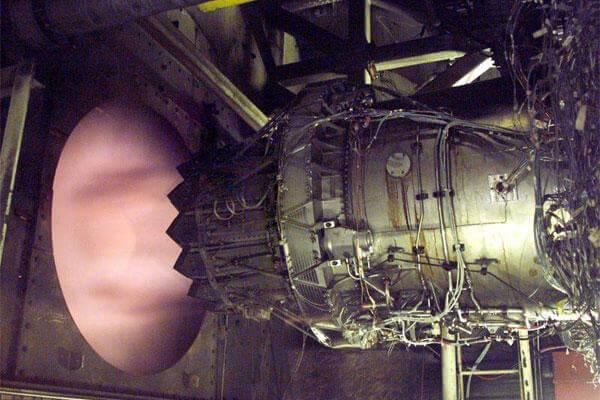The Pentagon's top weapons buyer said the F-35 engine fire in June that caused military leaders to ground the Joint Strike Fighter fleet was caused by "excessive rubbing" of engine fan blades, according to multiple reports.
Defense Undersecretary Frank Kendall told reporters on Sunday ahead of the Farnborough International Airshow that program officials do not believe the problem is systemic. However, he did not have a timeline when the grounding could be lifted.
The F-35 was scheduled to perform in Britain last week at the Royal International Tattoo, which would have been the fifth-generation fighter's first international flight. Kendall said there is still a chance the F-35 could arrive in time to fly at the Farnborough show that ends July 20 outside London.
The U.S. and the U.K. had planned on sending overseas four of the F-35B jump-jet variants, including three Marine Corps and one Royal Air Force aircraft. The planes were standing by at Naval Air Station Patuxent River in Maryland.
Show officials confirmed the F-35 will not perform on the show's first day, July 14.
"Unfortunately, the F-35B Lightning II will not be displaying at the Farnborough International Airshow tomorrow, Monday 14 July," according to a statement issued by Farnborough organizers. "The aircraft is still awaiting US DoD clearance, but we are hopeful that it will fly at the airshow by the end of the week."
Pentagon leaders grounded the controversial jet fighter on July 3 after program engineers could not identify the cause of the fire that occurred June 23 at Eglin Air Force Base, Florida. Officials have not revealed the extent of the damage to the aircraft, but the pilot escaped safely as the fire started before the F-35 took off.
Officials heading the development of the F-35, made by Lockheed Martin Corp., had hoped to use these two weeks in London to draw attention to the F-35 and spike international interest and increase orders in other countries. If more countries buy more F-35s, the price tag per plane drops for the U.S., which expects to spend about $400 billion on the F-35 program.
The F-35 is powered by the F135 engine built by Pratt & Whitney. The "excessive rubbing" doesn't appear to be a major design flaw, according to a Reuters report on Sunday citing comments made by Kendall.
Pratt & Whitney experienced other problems in December when an engine was damaged during a ground test, according to a Defense News report. However, it does not appear that the two problems are connected because they occurred in different parts of the engine, Defense News reported.
The Joint Strike Fighter is the Pentagon's most expensive acquisition program, estimated to cost nearly $400 billion for 2,443 aircraft. Keeping the planes flying over the next half-century may cost another $1 trillion in sustainment.
Eight countries have committed to help develop the F-35, including the U.K., Italy, the Netherlands, Turkey, Canada, Australia, Denmark and Norway. Also, Israel, Japan and South Korea plan to buy production models of the aircraft.
-- Michael Hoffman can be reached at Mike.Hoffman@monster.com
-- Associate Editor Brendan McGarry contributed to this report.



























